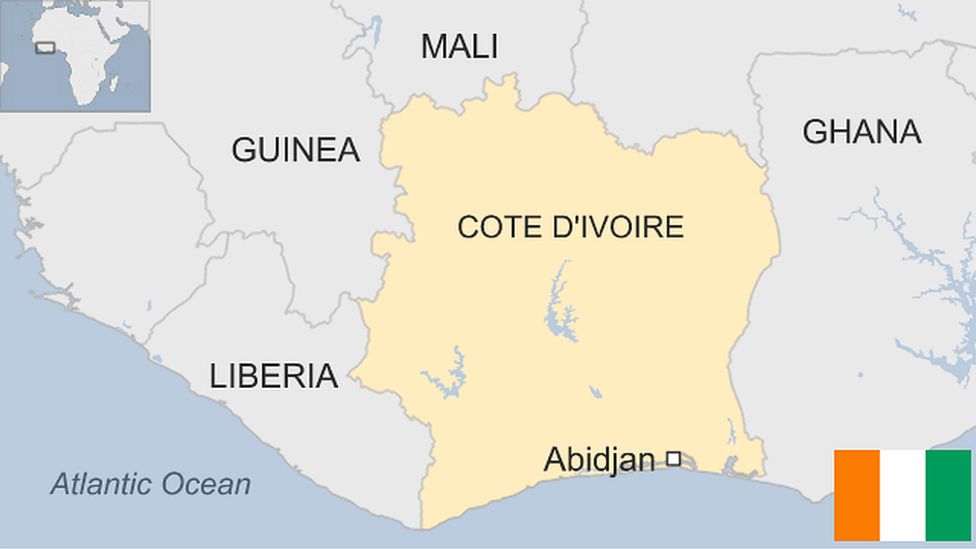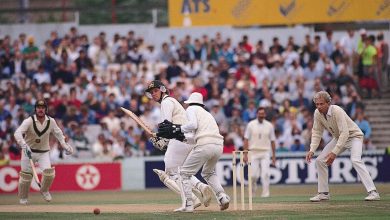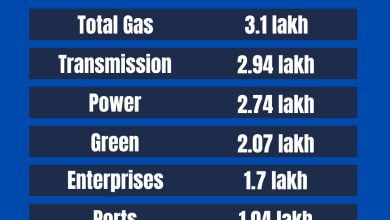Detailed Introduction to the Country of Cote D’Ivoire (Ivory Coast): Discover its Rich Culture
Cote D’Ivoire, also known as Ivory Coast, is a country in West Africa. This beautiful country is known for its rich culture and history.
Geography of Cote D’Ivoire
Cote D’Ivoire is located on the west coast of Africa. It has a coastline along the Atlantic Ocean.
The country shares borders with Ghana, Mali, Burkina Faso, and Liberia.
The capital city is Yamoussoukro, but the largest city is Abidjan.
Climate
The climate in Cote D’Ivoire is tropical. There are two main seasons: the rainy season and the dry season.
The rainy season lasts from May to October. The dry season lasts from November to April.

Credit: www.bbc.com
History of Cote D’Ivoire
Cote D’Ivoire has a rich history that dates back to ancient times. The land was home to several ancient kingdoms.
In the late 19th century, France colonized the area. Cote D’Ivoire gained independence from France in 1960.
Ancient Kingdoms
Before colonization, the area was home to powerful kingdoms. The most famous are the Kong and Baoulé kingdoms.
Colonial Period
France took control of Cote D’Ivoire in the late 1800s. The French built infrastructure and introduced new crops.
Independence
Cote D’Ivoire gained independence on August 7, 1960. Félix Houphouët-Boigny became the first president.
Culture of Cote D’Ivoire
The culture of Cote D’Ivoire is diverse and vibrant. The country is home to more than 60 ethnic groups.
Languages
The official language is French. Many people also speak local languages.
- Dioula
- Baoulé
- Senufo
Music And Dance
Music and dance are important parts of Ivorian culture. Popular music styles include Zouglou and Coupé-Décalé.
Festivals
There are many festivals celebrated in Cote D’Ivoire. Some popular ones are Fête du Dipri and Fête des Masques.
Economy of Cote D’Ivoire
The economy of Cote D’Ivoire is one of the strongest in West Africa. Agriculture plays a big role in the economy.
Agriculture
Cote D’Ivoire is the world’s largest producer of cocoa beans. The country also produces coffee, palm oil, and rubber.
Industry
Industry is growing in Cote D’Ivoire. Key sectors include oil, gas, and mining.
| Sector | Contribution to GDP |
|---|---|
| Agriculture | 22% |
| Industry | 30% |
| Services | 48% |

Credit: www.africaguide.com
Tourism in Cote D’Ivoire
Cote D’Ivoire has many attractions for tourists. There are beautiful beaches, national parks, and historic sites.
National Parks
The country has several national parks. Taï National Park is a UNESCO World Heritage site.
Beaches
The beaches along the Atlantic coast are stunning. Popular beach destinations include Grand-Bassam and Assinie.
Historic Sites
There are many historic sites to visit. The Basilica of Our Lady of Peace in Yamoussoukro is the largest church in the world.
People of Cote D’Ivoire
The people of Cote D’Ivoire are warm and welcoming. They take pride in their rich cultural heritage.
Ethnic Groups
There are more than 60 ethnic groups in Cote D’Ivoire. The largest groups are the Akan, Krou, and Mande.
Traditional Clothing
Traditional clothing is colorful and varied. The most famous is the Kente cloth worn by the Akan people.
Cuisine
The cuisine of Cote D’Ivoire is diverse and delicious. Popular dishes include attiéké, aloco, and foutou.
Frequently Asked Questions
What Is The Capital Of Cote D’ivoire?
The capital of Cote D’Ivoire is Yamoussoukro.
What Language Is Spoken In Cote D’ivoire?
The official language is French.
What Currency Does Cote D’ivoire Use?
Cote D’Ivoire uses the West African CFA franc.
Is Cote D’ivoire Safe For Tourists?
Yes, it’s generally safe, but exercise caution.
Conclusion
Cote D’Ivoire is a beautiful country with a rich culture. It offers a unique blend of history, culture, and natural beauty.
Whether you are interested in its history, culture, or natural beauty, Cote D’Ivoire has something to offer.




